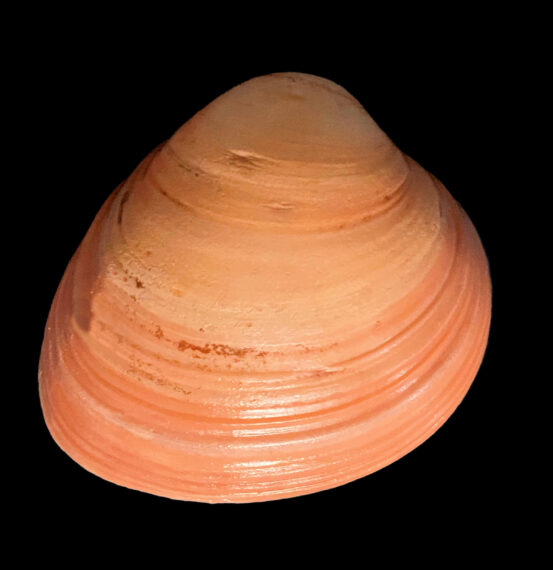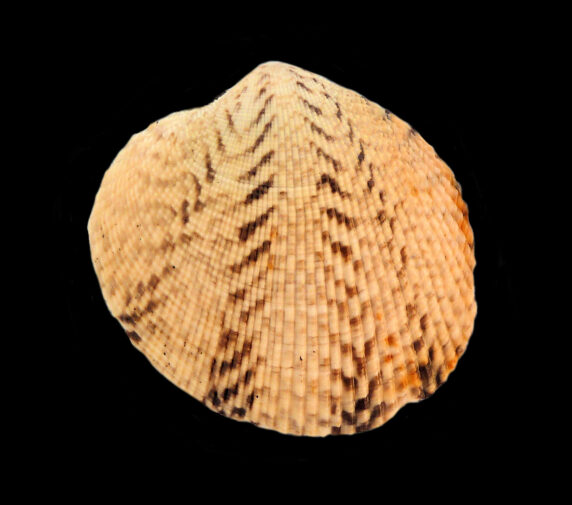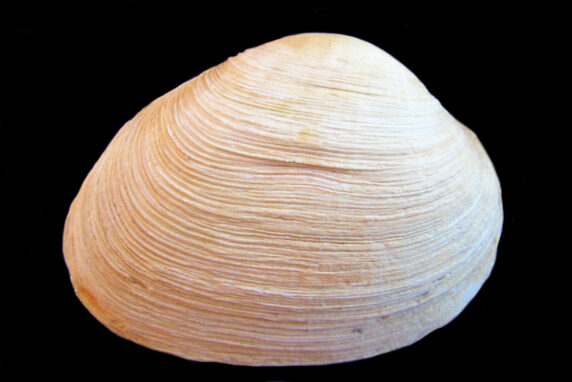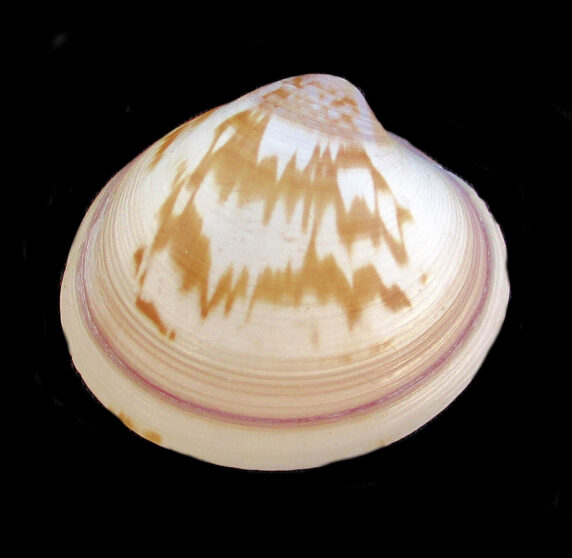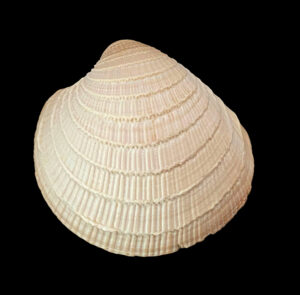 Amathusia Venus Clam Shell
Amathusia Venus Clam Shell
Chionoipsis amathusia
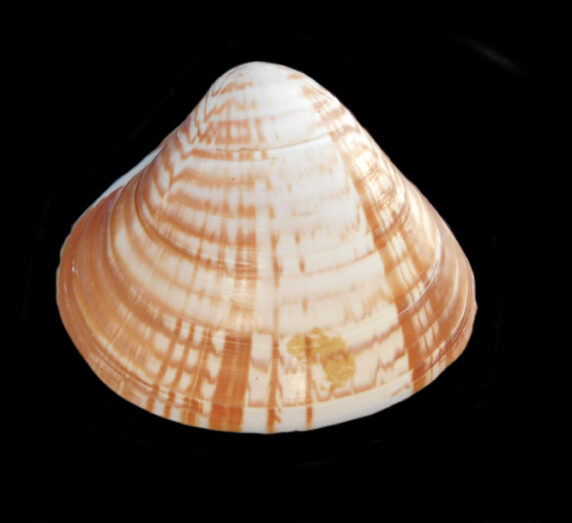 Byron Venus Clam Shell
Byron Venus Clam Shell
Tivela byronensis
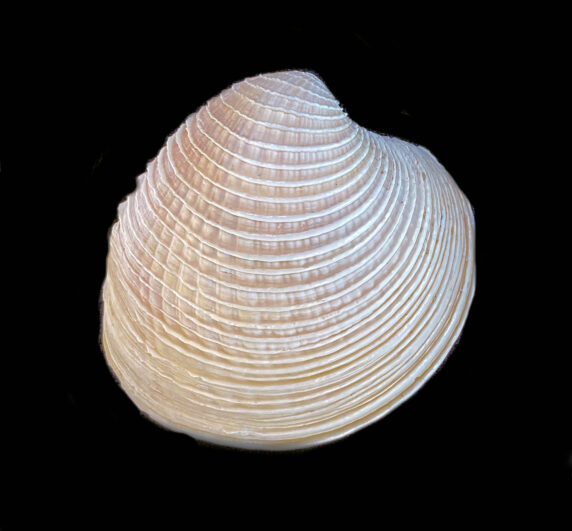 California Venus Clam Shell
California Venus Clam Shell
Chione californiensis
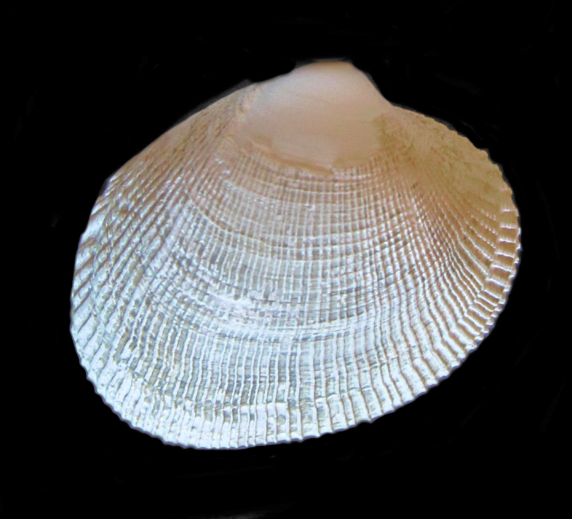 Common Littleneck Clam Shell
Common Littleneck Clam Shell
Leukoma staminea
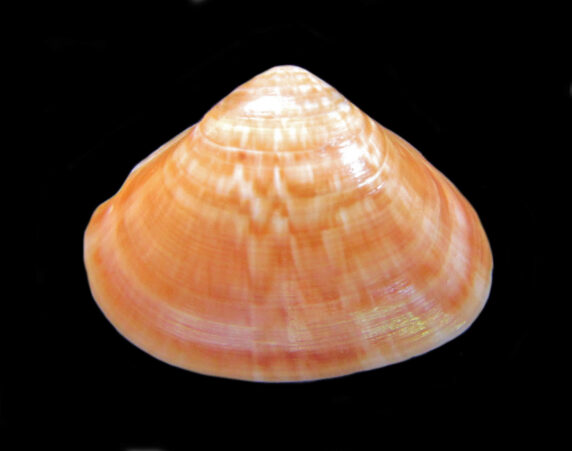 Delseserti Venus Clam Shell
Delseserti Venus Clam Shell
Tivela delesserti
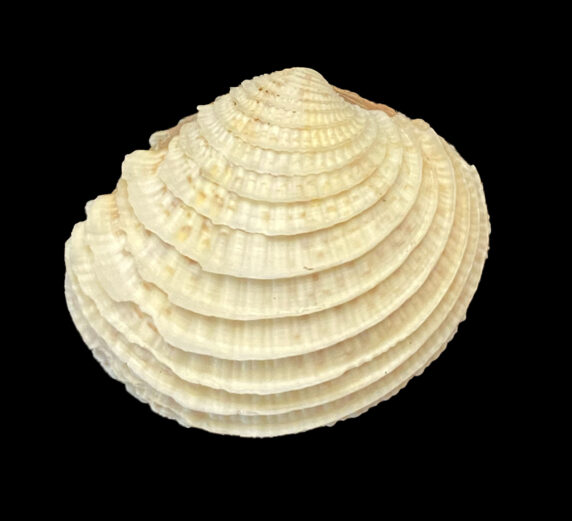 Elegant Chione Clam Shell
Elegant Chione Clam Shell
Chione compta
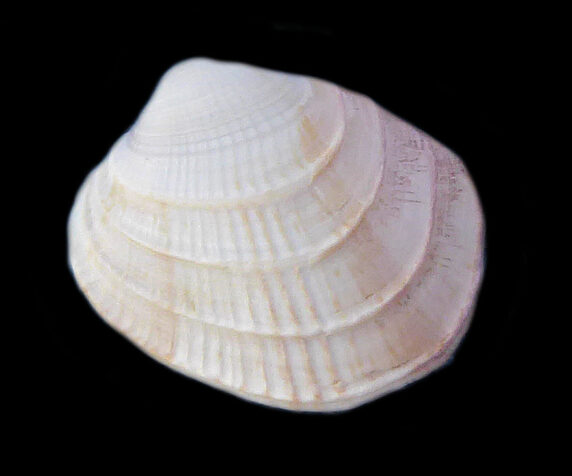 Elliptical Paphonotia Clam Shell
Elliptical Paphonotia Clam Shell
Paphonotia elliptica
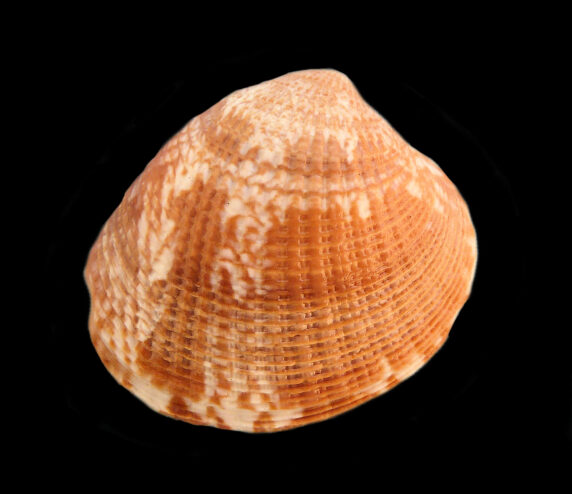 Frilled Venus Clam Shell
Frilled Venus Clam Shell
Chione undatella
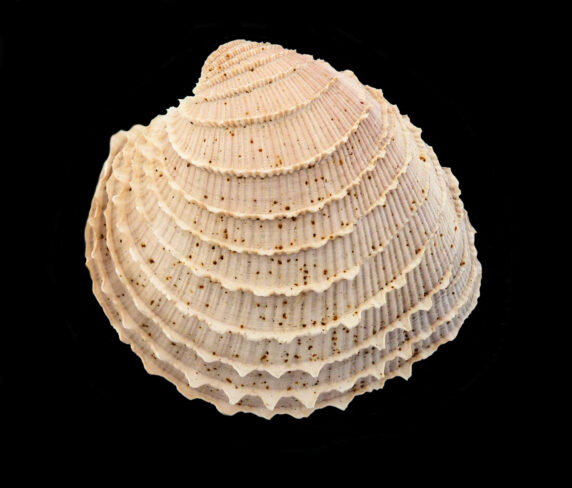 Gnidia Venus Clam Shell
Gnidia Venus Clam Shell
Chionopsis gnidia
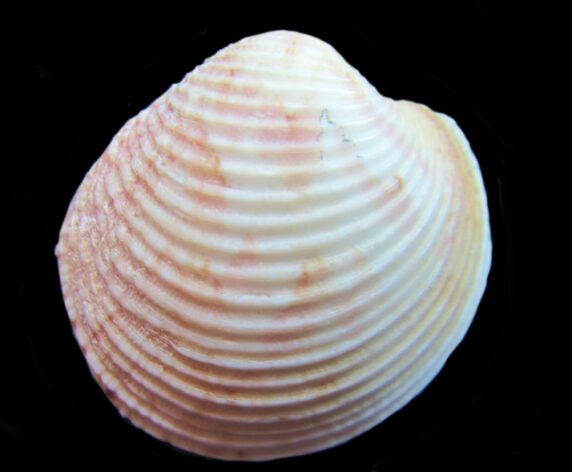 Magdalena Venus Clam Shell
Magdalena Venus Clam Shell
Globivenus magdalenae
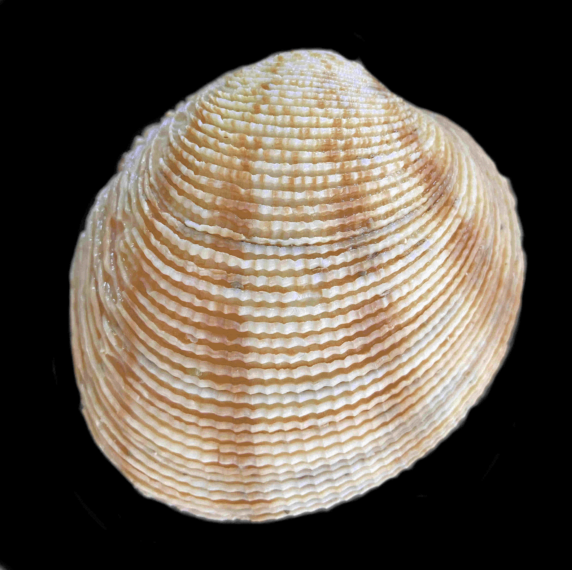 Many-ridged Venus Clam Shell
Many-ridged Venus Clam Shell
Periglypta multicostata
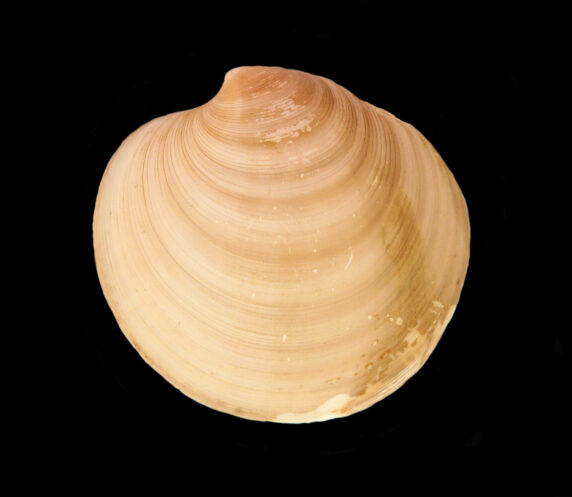 Mexican Chocolate Clam Shell
Mexican Chocolate Clam Shell
Megapitaria squalida
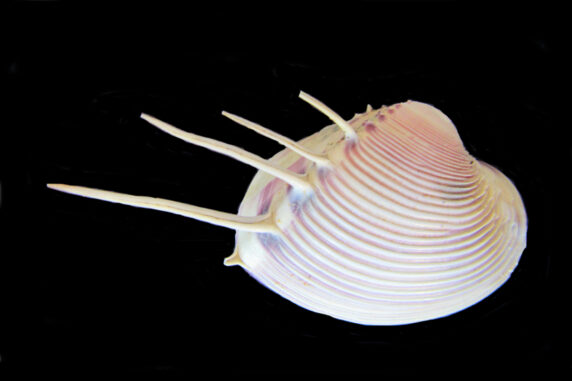 Panamic Comb Venus Clam Shell
Panamic Comb Venus Clam Shell
Hysteroconcha lupanaria
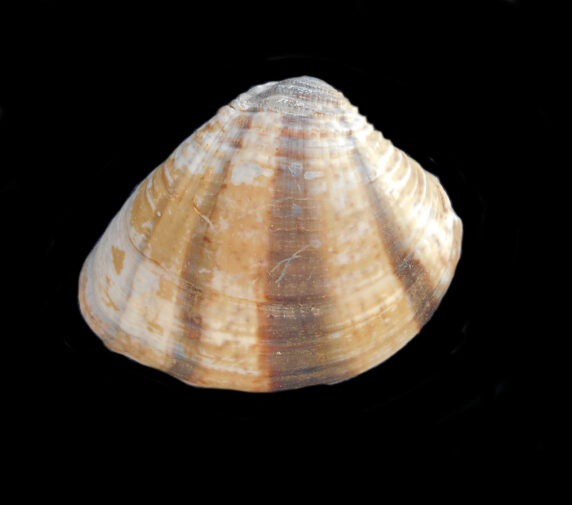 Partially-rough Venus Clam Shell
Partially-rough Venus Clam Shell
Iliochione subrugosa
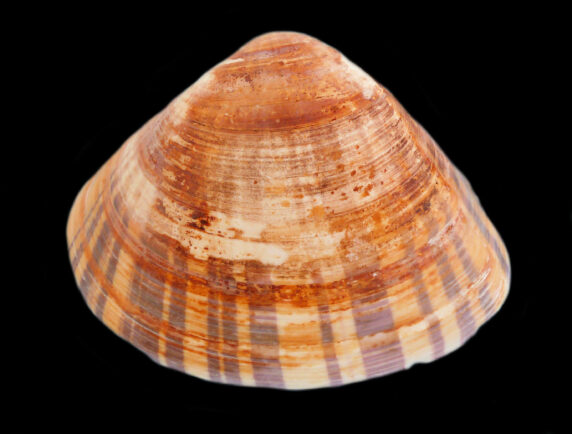 Pismo Clam Shell, Tivela stultorium
Pismo Clam Shell, Tivela stultorium
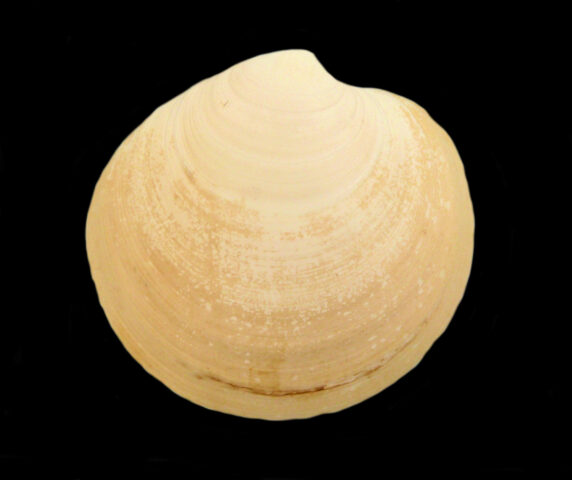 Ponderous Dosinia Clam Shell
Ponderous Dosinia Clam Shell
Dosinia ponderosa
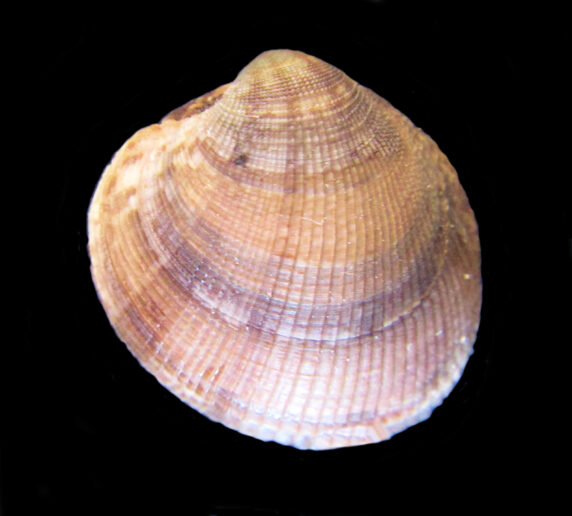 Rough Clam Shell
Rough Clam Shell
Leukoma asperrima
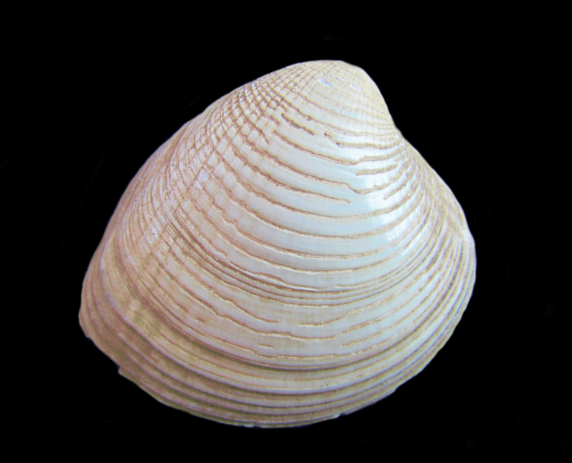 Smooth Venus Clam Shell
Smooth Venus Clam Shell
Chionista fluctifraga
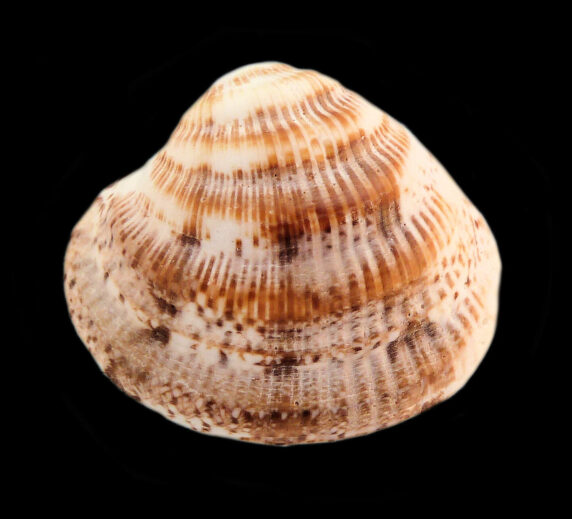 Tumen’s Venus Clam Shell
Tumen’s Venus Clam Shell
Chione tumens
The Venus Clams of the Veneridae Family comprise the largest and most diverse of Pelecypoda or Bi-valve Families. Due to their beauty and graceful lines, these shells are named after the goddess Venus. Many shells in this family are colorful, ornate, or both. Venus Clams are equivalve (both valves equal in size and shape). They are generally oblong in shape and range from thin to robust. The external shell surface can be marked by radial ribs, concentric ridges, nodules, folds and even spines. Most shells in the family have three cardinal teeth, short siphons and a large foot. They may bury in sand, cling to hard substrate via a byssus (thread-like anchor lines), or even burrow within rocks or corals. The Venus Clams are suspension feeders, filtering suspended plankton and fine detritus from the surrounding waters. In turn they are preyed upon by crabs, marine mammals, carnivorous mollusks, rays, shore birds, and sea stars. The Venus Clams are found in all global oceans. There are over four hundred species in the Vereridae Family of which fifty-eight are found along the coastlines of the Baja Peninsula. All Venus Clams are edible and many are sold commercially.
